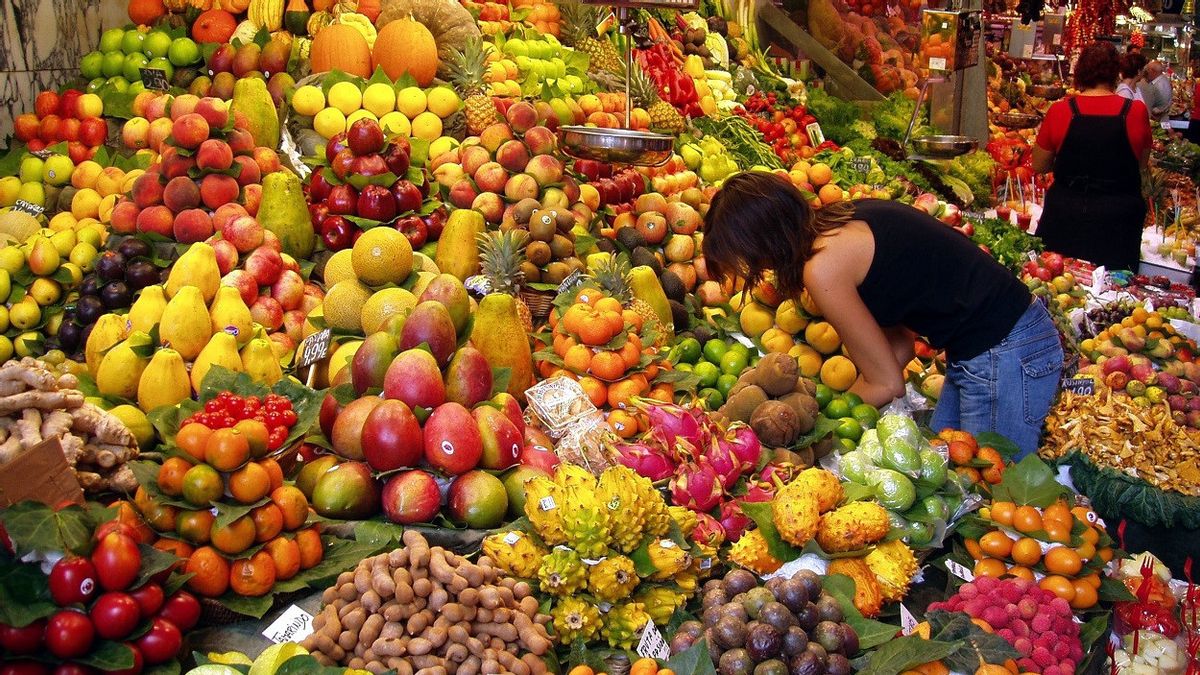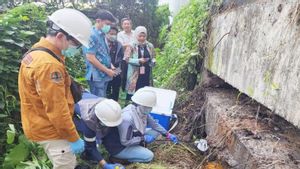JAKARTA - Scientists from the National Research Nuclear University MEPhI, as part of an international team, have developed a method to detect the thiabendazole toxin in fruits.
According to the researchers, the advantages of this new technology are simplicity, cost-effectiveness and the capacity to find harmful particles in low concentrations. The results of this study were published in the 'Microchemical Journal'.
The use of thiabendazole in food production is prohibited in Russia and the European Union. However, it is used in agriculture elsewhere to protect crops from pests, rot and mold, the scientists explain.
However, thiabendazole residues easily enter the environment as well as fruits and vegetables, when the chemical is added to the soil.
"Thiabendazole is toxic to humans. Among the main signs of poisoning are nausea, vomiting, headache, drowsiness and fever. Once inside the body, thiabendazole can cause liver failure, affect the normal development of the fetus in pregnant women or cause allergic reactions," explains Constantine Katin, citing Sputnik 6 September.

The toxic capacity of chemicals in living organisms has been recognized by the European Union's Food and Drug Administration and other similar organizations."
Experts have developed a new way to find thiabendazole in fruits, even in the smallest concentrations. Certain solutions have been created for this purpose. The chemical composition was developed with the help of DFT (density functional theory) calculations, comparing the electron structures of the molecules of thiabendazole and other substances.
"The task of the DFT calculation was to find the chemical composition of a solution that matches thiabendazole 'as a lock key'. Important to us, the resulting solution interacts effectively with thiabendazole, even when present in the smallest concentrations and when other contaminants are also present in the food product. ", said Constantine Katin.
After testing various options, the scientists found a suitable molecular structure based on betaine and furoic acids, which find thiabendazole in fruits and bind to it with 'lighting' chemicals.
This allows even the smallest doses of the toxic substance (up to 0.1 mg/litre) to be found in almost all types of exported fruit, scientists say.
"The maximum amount of thiabendazole in fruit and vegetables is set by the relevant authorities in a country. Standards may vary slightly depending on the country, but in most cases they are around 5 mg/l for fruits. The proposed technology is capable of determining concentrations of thiabendazole 50 times higher smaller than the legal limit," said Constantine Katin.
Thiabendazole was previously searched for by capillary electrophoresis or fluorescent spectroscopy. This is an expensive technique that requires special equipment, which is not available in most laboratories, while betaine and furoic acid are freely available to researchers.
It is planned that this finding will be patented and accredited to the European Union Commission so that it can be used for inspection of food products exported from Turkey to the European Union. In addition, experts have also developed a similar technology to search for toxic substances in cosmetics. Scientists from Turkey, Saudi Arabia and Iran also participated in this study.
The English, Chinese, Japanese, Arabic, and French versions are automatically generated by the AI. So there may still be inaccuracies in translating, please always see Indonesian as our main language. (system supported by DigitalSiber.id)













